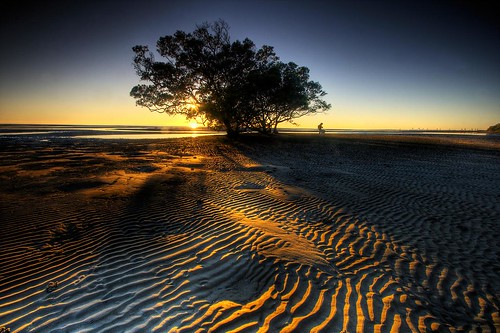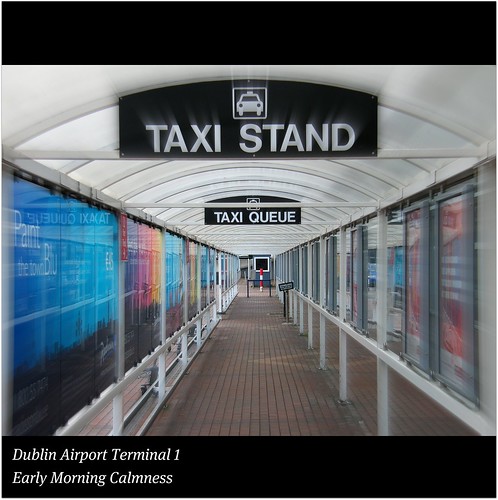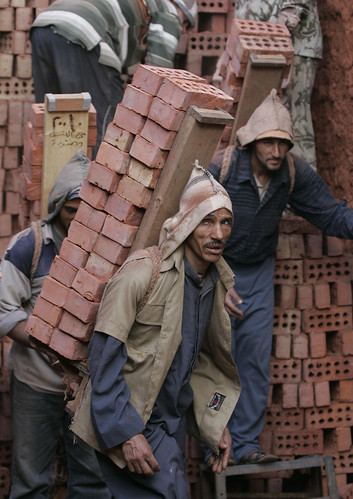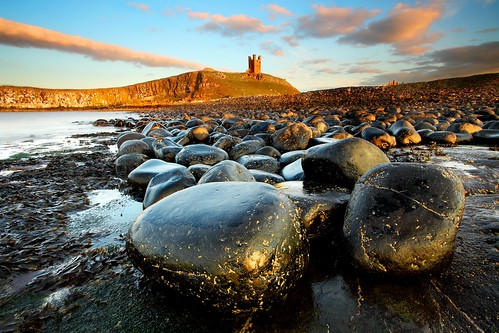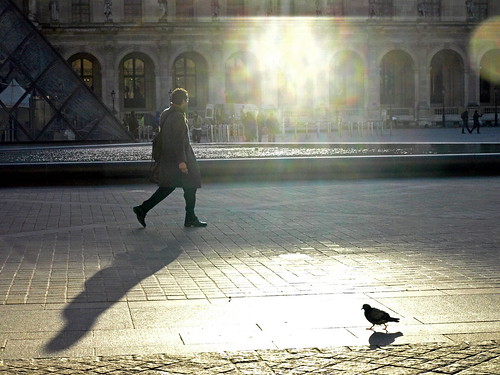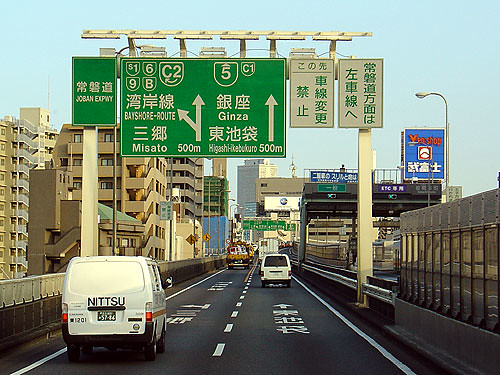Tips for Travel Photography Success
Many of us have experienced the disappointment of returning home from a vacation with a gazillion dull and disappointing photos of our travels. Somehow, these photos just didn’t do the amazing scenery we saw on our trip any justice. If you’ve experienced this and would like to have better photographic results from your next trip this helpful guide might be just the ticket. Excellent travel photography doesn’t have to be out of your league if you follow the tips in this article.
Before You Go – What to Pack
Camera
First and foremost you will want to pack your favorite DSLR camera. However, it is a great idea to bring along a back-up camera or even two. First, you might not care to use your expensive camera for quick snap-shots of your travel companions. Secondly, if your best camera runs out of batteries right before you take the most magical shot of your trip or God forbid breaks or gets stolen, you will at least be able to get what might be a once in a lifetime shot with your backup.
Don’t forget to pack extra batteries or your battery charger! Also, remember to bring your camera/lens cleaning supplies such as a brush and microfiber cloth. A waterproof camera bag or even a plastic bag might be needed if any rain is is to be expected.
Memory Cards
Some photographers take thousands of pictures per day and others less than a hundred. Either way, you will want to be sure that you take along plenty of memory cards. It would be a real shame to run out of memory and have to either miss important shots or have to erase previous shots to make room!
You might want to get out your calculator and factor in the number of shots you anticipate taking, the file format you are shooting in (RAW takes up lots more room than JPEG) and the amount of memory per card.
Lenses
Some photographers own only one or two lenses and this might be all that is really needed. However, if you have a massive lens collection, it is best to choose which lenses you are bringing on your photographic trip wisely.
An excellent way to cover the bases and still pack lightly would be to bring one or two zoom lenses. It is likely that you could get away with bringing one 28mm to 200mm zoom lens along with a tele-extender (which really won’t take up much space or add too much weight) if you find yourself needing a longer focal length.
Flash
The in-camera flash might be enough to suit your needs and won’t take up any additional space. However, if you know you are going to be doing a lot of indoor photography it might be a good idea to bring along an external unit.
Tripod
The choice of whether or not to bring a tripod really depends on what type of photography you will be doing. If you anticipate low-light conditions it is probably a necessity to bring along a tripod. Lightweight and travel friendly tripods include a monopod (weighs about 1/3 of a tripod), a tabletop tripod or even a windowpod which will clamp onto a variety of surfaces and hold your camera steady.
Airports/Customs
Are X-Rays Harmful to Photography Equipment?
In short, x-rays are not harmful at all to digital photography equipment but certainly can be to film. These days most photographers don’t use film, but for the few loyal film stragglers x-rays are a strong consideration.
Dealing With Customs
If you live in the United States and your camera was foreign made, you just might have to prove that you didn’t purchase your camera or even laptop overseas. If you can’t prove it, you might have to pay a fee.
A simple purchase receipt should suffice, so be sure to bring it!
Once You Arrive at Your Travel Destination
Theft
It happened to me as a kid and I will never forget it. My prized possession at the time, my Polaroid camera, was stolen while I perused a gift-shop at Disneyland. I was crushed and baffled as to how it happened right under my nose. Don’t let your expensive camera and gorgeous shots get stolen!
Even hanging your camera right next to you or on the back of your chair can put it at risk for being stolen. Keep it on your body or in a bag out of site at all times.
Also, leaving your camera in the trunk of your car or in the hotel room can put it at risk.
Dealing With Crowds
It can be frustrating to be standing in front of the destination of a lifetime and have it swarming with very pedestrian looking tourists (maybe much like yourself!), but there are things you can try to get the shots without these people in the scene.
For one, you can show up to the location during off hours, such as very early in the morning, when few if any people will be there. If there are a few people, you can strategically wait for people-less photo-ops, since you might not want to take photos like this!
Also, when all else fails, you might be able to hide the people present behind an object of some sort. Perhaps there is a statue or structure that can be used for this purpose.
Finally, there might be times when you really want there to be people in your shot! Perhaps the locals are out and about and you want to capture their activities or perhaps even the tourists add an interesting addendum to your scene.
Extreme Weather
Extremes of temperature and weather can damage your equipment. Temperatures over 100° F can cause your image sensor to heat up which can make colors inaccurate and cause noise. If your camera gets hot enough its components can even melt and stop working all together!
In extreme cold, the main problem will be loss of battery life. One way to combat this is to carry your camera, as well as a spare set of batteries under your clothing.
When you come back in from the cold, condensation can cause moisture to completely cover the lens, and can also get inside the camera. To prevent this, cover the camera inside a plastic bag and then bring it inside. The moisture will gather on the outside of the plastic bag and not on your camera.
Low humidity is another weather condition that can potentially cause damage. The static electricity that can be easily generated in low humidity might be enough to corrupt the data on your memory card. You can prevent this from happening by touching something metal prior to handling the memory card to expel the charge first.
High humidity can be a problem as well. The moisture in a very humid environment, if present long enough, will eventually work its way into the camera and lens. This can do damage in a few ways and can even cause fungus to grow in your camera. When in a humid environment, silica gel in your camera bag will absorb excess moisture and prevent this damage from happening.
Finally, when shooting in rain, snow or other types of storms special precautions need to be taken. Whatever you do, keep your camera dry. If the rain and snow are coming down lightly you can probably get away with shooting under an umbrella. However, you can get special waterproof casings, such as those used by snorkelers, which are like plastic bags.
In sand-storms or dust-storms you might not want to use your good camera at all. Instead, break out the cheap point and shoot!
What Should You Photograph?
There is nothing wrong with taking a few prototypical “I was there” photos, but let those be in the minority. Your main goal is to take beautiful and unique photos of your trip.
Take you time with every scene if possible. Walk around and take lots of shots at different angles and points of view. Look for interesting details and compositions to photograph. Macro/Micro…
Keep in mind that just about any scene can be represented in an interesting way in photography. Crowded city streets, a lone family or individual, small villages, stark landscapes, architecture, wildlife and just about anything else is photo-worthy. Just think about how you are shooting them and be sure to get plenty of shots to choose from. One of the beautiful things about digital photography is that each shot is basically free once you have the equipment and storage available (I recently learned that some people would argue that this sin’t true, but I digress…). Experiment and you will certainly be pleasantly surprised later by some of the amazing shots you might have otherwise missed.
While it is not always possible to wait for the best light when traveling, keep in mind that early morning and end-of-the-day light are most desirable for just about everything, unless you are deliberately going for twilight/night photography.
When taking photos of people, it is usually best to ask first rather than try to sneak some shots. Most people are flattered by the attention. You can offer to send them the photo by email or mail. However, some people would rather not have their photo taken, for personal or cultural reasons, and this should be respected.
Back Home With Your Travel Photos
Editing Your Travel Photography
First and foremost you should carefully cull through each and every shot and only keep those that you feel are the “best”. If you were only able to get one shot of a certain scene then that one will have to do, but if you took 50 shots of a certain scene narrow it down to the best few.
You can then group the photos in a way that is meaningful to you for the sake of organization.
At this point, work on post-processing in Photoshop, Lightroom or whatever photo-editing software you use.
Showing off Your Photographs – Assembling an Album or Slide Show
If you are printing your photos and putting them into an album, be sure to use acid-free paper or they will degrade. For creative effect, you can make a scrapbook with your photos. Supplies for this purpose can be purchased at any arts and crafts store like Michaels.
While you’re likely not really going to create a real “slide” show, this term has survived into the digital age. You can purchase a projector and show off your photos directly from your computer onto a white wall or screen.
In Conclusion
Whatever you do on your photographic journey, enjoy yourself! Otherwise, what’s the point?


